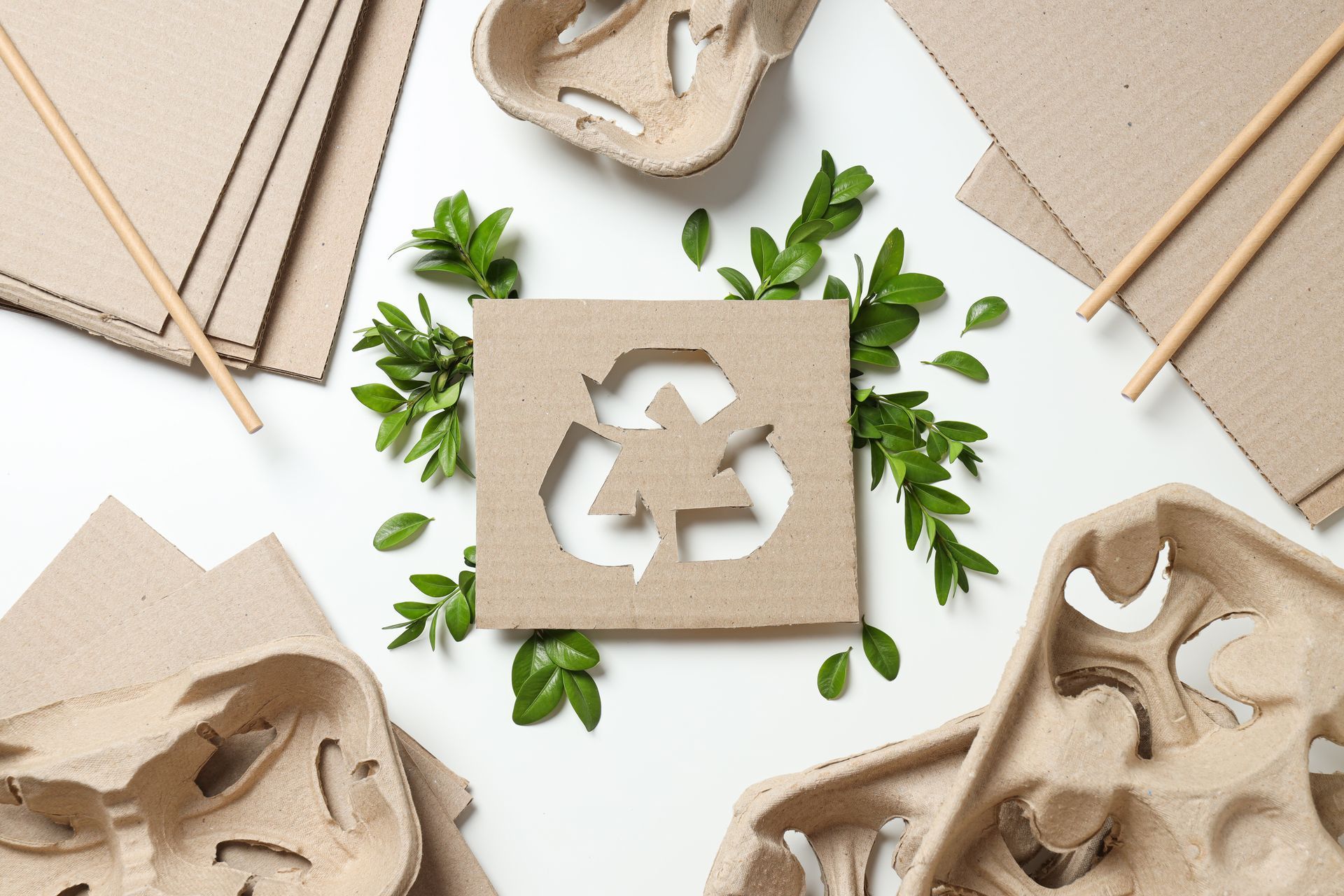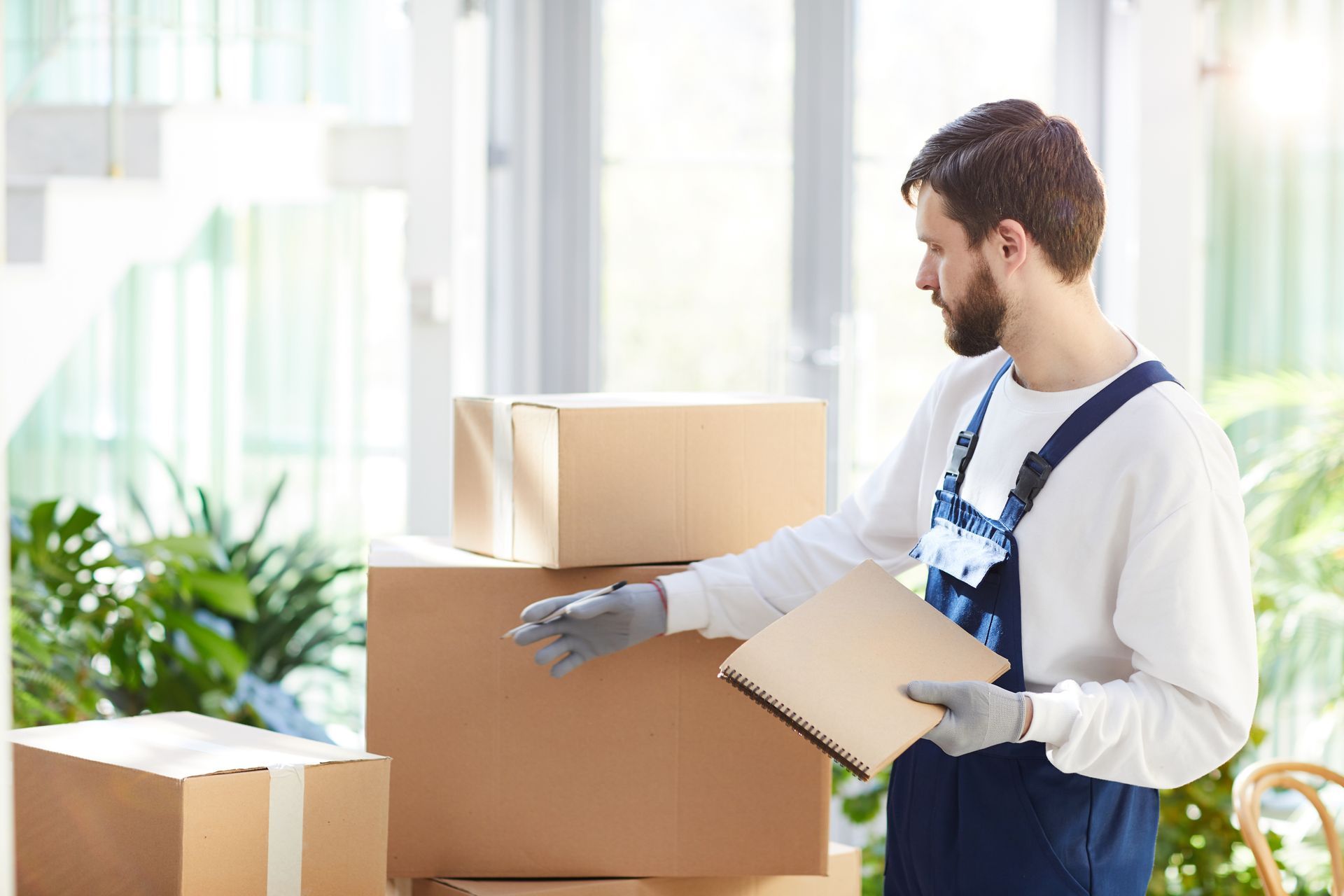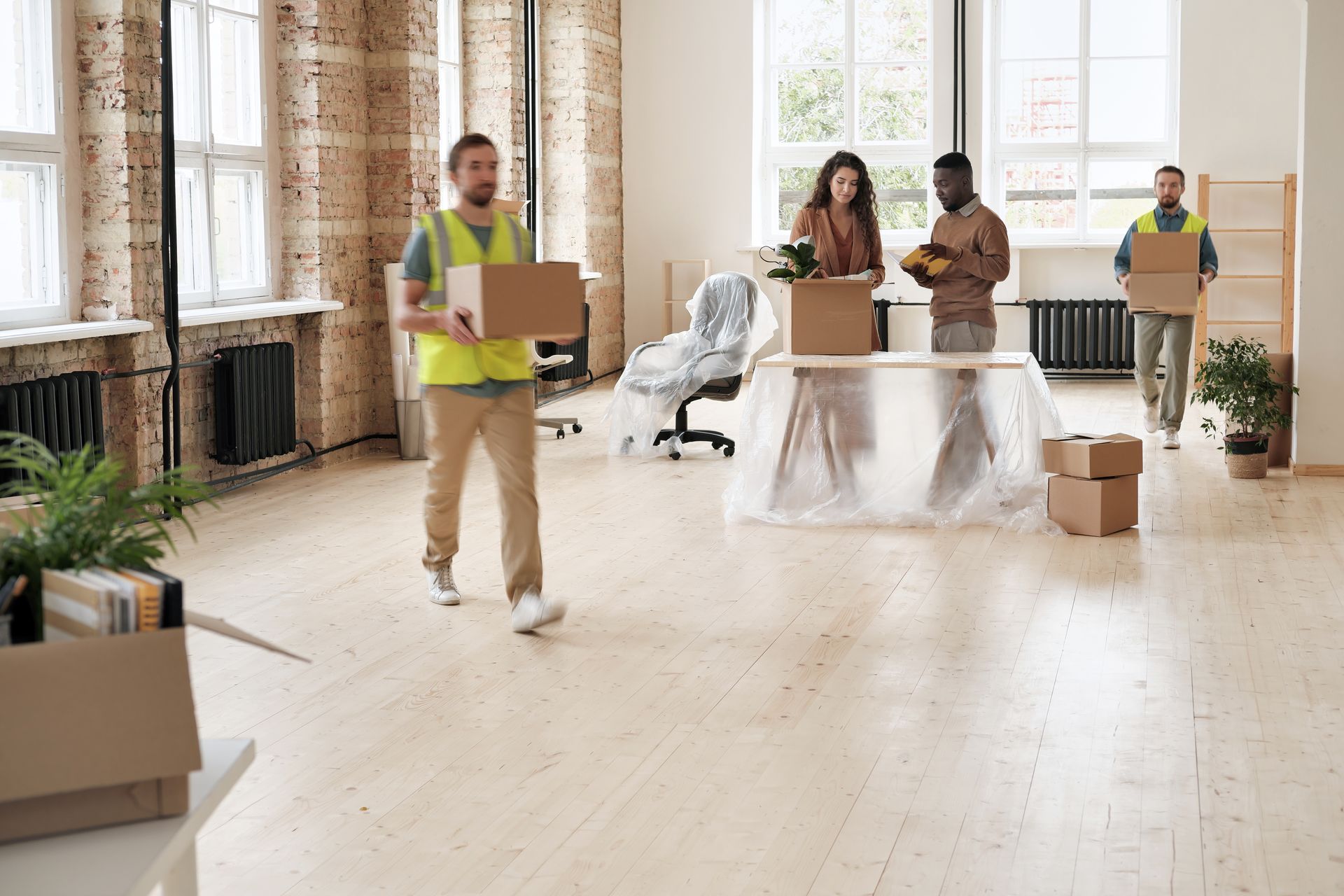How to Move Your Garden
How to Move Your Garden
If you’re a proud green thumb with an upcoming move, you might be worried about how you’ll transport your leafy children to their new home. After all, your garden took time and work to complete!
There are certain logistics to consider about that: When do you prepare your plants? How long will they last in transit? How can I pack them safely?
This mini-guide on how to move your garden will provide you with the moving tips you need for a successful transplant, including the pre-move planning and packing and replanting your little leafy friends in your new home.
Let’s dig in!
What to Do Before the Move
Your first consideration should be the season. Summer is a notoriously poor time to transplant as the soil and roots are dry.
You can’t always control when you move, so take extra care with your preparations and ensure the roots aren’t exposed to harsh direct sunlight or wind.
Spring and autumn are the ideal seasons to transplant a garden as the temperatures and humidity are moderate.
Here are some key steps to take before moving plants:
- Prepare the future garden site. This is critical—and often tricky. In many cases, going ahead of time to dig out a garden site on your new property isn’t practical as the current owners may still be residing there.
- However, do this as soon as you can. Otherwise, you will need to care for the transplants in their transit receptacles for a time before you can dig out a suitable garden site at your new property Unfortunately, this won’t bode well for your plants.
- Purchase shatter-proof pots and burlap for larger plants. Prepare a few boxes to store them in. Cardboard will do just fine!
- Generously water your plants the day before transporting them to their in-transit receptacles. This will prep the soil for digging and ensure they are well hydrated.
- Prepare your plants for removal by pruning them and checking for insects. Pruning makes the plants easier to transport and gives them a better chance to thrive when transplanted to the new garden site.
Now, it’s time to transplant to the transit receptacle. Dig a circle around the plant, following the drip line as closely as possible. The drip line is where the plant’s roots drip into the soil, and this will be about 3–6 inches deep.
Once done, gently remove the plant from the soil, taking care to avoid shaking it. Put it in the pots you gathered. If it’s a larger plant or tree, wrap the root ball in burlap.
How to Pack Your Plants
Let’s take a look at the top packing tips for moving plants:
- Position each pot or burlap-wrapped plant securely in a large box. This can be plastic or cardboard. For extra security, use bubble wrap, paper towel, or newspaper to ensure limited jostling around.
- Cut out air holes on the sides and top of the box to allow adequate oxygen in.
- Label your boxes very clearly so that movers know these are to be handled with extra care
- Water your plants the night before moving so that they’re prepared for what’s known as the jolt of transit, which is stressful on already agitated plants.
How to Successfully Replant Them on Your New Property
The day before you transplant your plants to the new garden site, be sure to douse the area with water and ensure the soil is tilled and ready for transplant.
Time is of the essence. Start transplanting from the transit receptacles as soon as is practical. Once you’ve dug out a spot for your plant and gently inserted it, arrange soil at the base of the root.
Keep out of direct sunlight and water each day for up to a week.
Moving Soon?
Are you planning a move soon? If you’re transplanting a garden or other delicate items, our team at Macho Movers in Guelph, Ontario, will treat your items gently and with respect.
We understand that each of our customers has different moving needs and thus, proceed with the moving process accordingly.
Talk to us at 519.830.4974 or fill out our convenient
contact form
, and let us get the job done!












